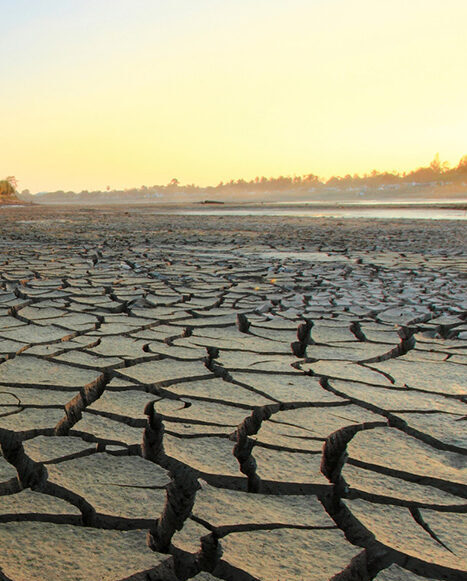
Co-occurring Droughts Could Threaten Global Food Security
ESSIC scientist Weston Anderson is a co-author on a new paper out in Nature Climate Change titled “Enhanced risk of concurrent regional droughts with increased ENSO variability and warming”.

ESSIC scientist Weston Anderson is a co-author on a new paper out in Nature Climate Change titled “Enhanced risk of concurrent regional droughts with increased ENSO variability and warming”.
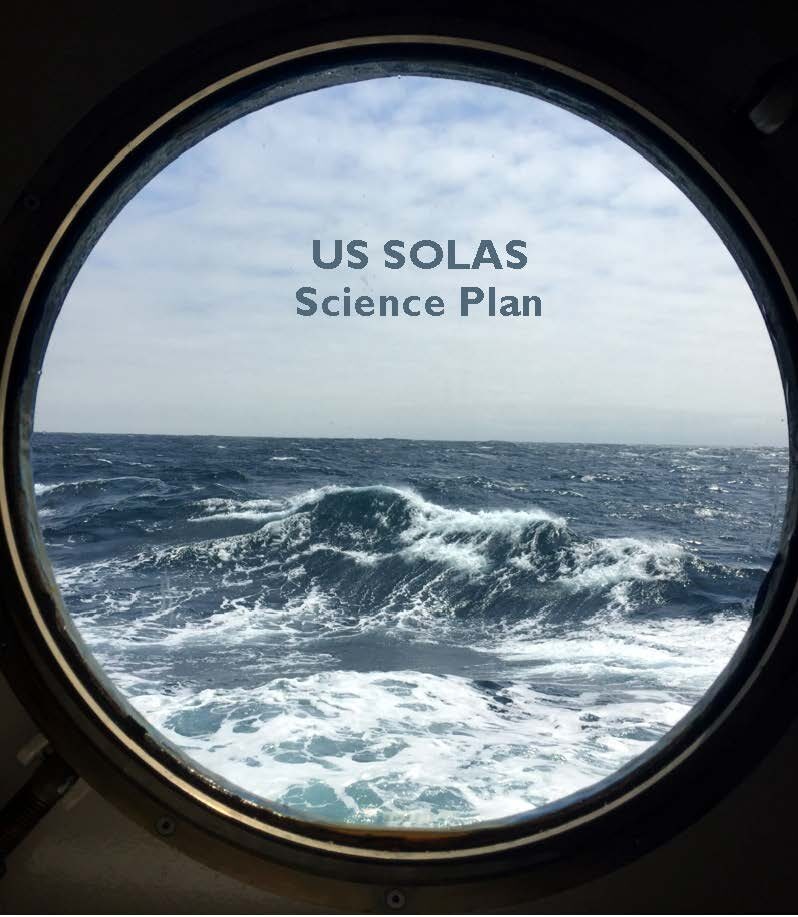
Santiago Gassó is one of the co-authors in the recently released science plan by the US Surface Ocean – Lower Atmosphere Study (SOLAS), a global and multidisciplinary research project established to provide international science coordination and capacity building. SOLAS is focused on understanding the key biogeochemical-physical interactions and feedbacks between the ocean and atmosphere that are critical elements of climate and global biogeochemical cycles.
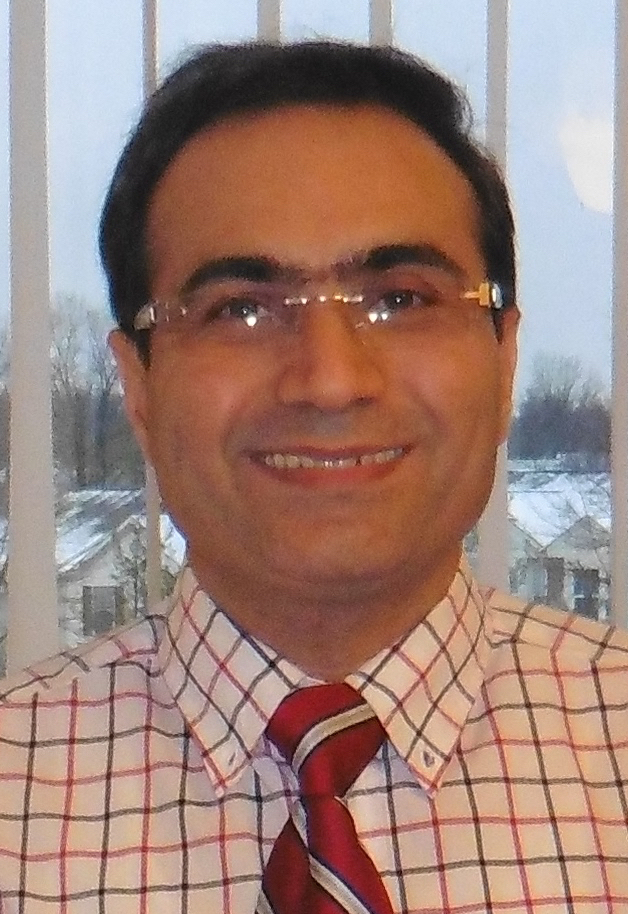
ESSIC/CISESS Research Scientist Isaac Moradi has been elected to the University State Senate as one of the Professional-Track Faculty members. The University Senate, composed of faculty, staff, students, and administrators, is one of the largest and most influential governing bodies at the University of Maryland. As a member of the senate, Moradi will help advise the University President on campus policy matters and concerns, including education, budget, personnel, campus-community, long range plans, facilities, and faculty, staff and student affairs.
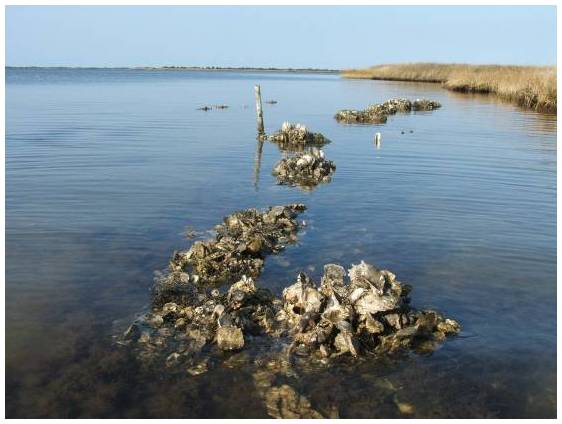
Ron Vogel, ESSIC senior faculty specialist, recently co-authored a NOAA Technical Memorandum with colleagues from NOAA’s National Marine Fisheries Service, titled “Using Satellite-Derived Total Suspended Matter Data to Evaluate the Impacts of Tributary-Scale Oyster Restoration on Water Clarity.” In the study, the team sought to explore whether large-scale oyster restoration in the Chesapeake Bay, on the order of 100s of acres, can produce improvements in water clarity that are measurable, and whether satellites can be a tool to help measure that change.
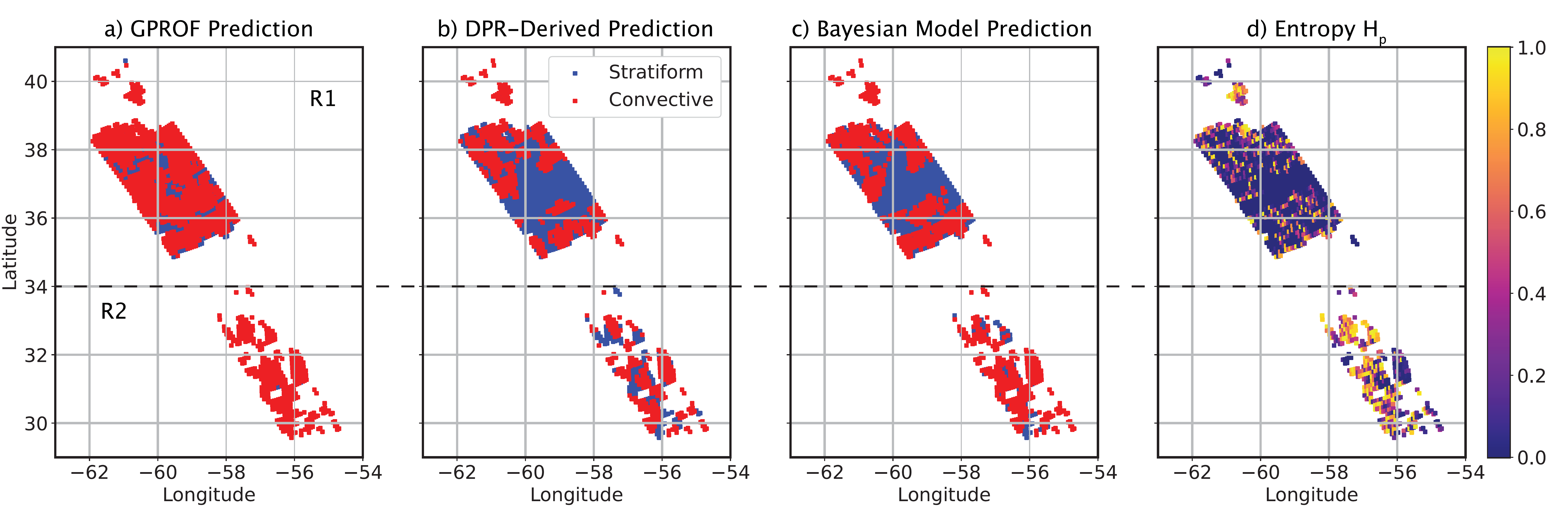
ESSIC/CISESS Scientist Veljko Petković co-authored a study on the application of new and emerging field of BDL concepts to mitigate problems associated with the accuracy of precipitation retrievals from satellite-borne passive microwave (PMW) radiometers, which was published in IEEE Geoscience and Remote Sensing Letters.
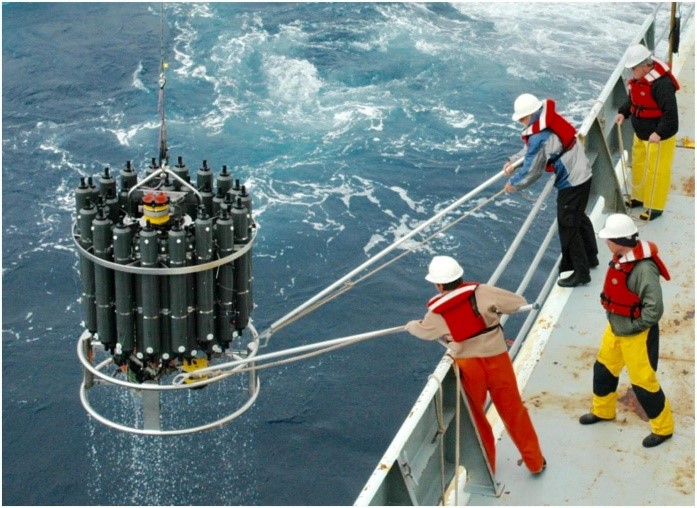
ESSIC/CISESS Scientist Li-Qing Jiang, who works on the Ocean Carbon Acidification Data System (OCADS) project at the National Center for Environmental Information (NCEI), coordinated a massive effort by the international community to develop a best practice data standard for discrete bottle-based chemical oceanographic data. The study, co-authored by ESSIC/CISESS Scientist Alex Kozyr and esteemed scientists at over 30 institutions in 10 countries, was published on January 21st in Frontiers in Marine Science.
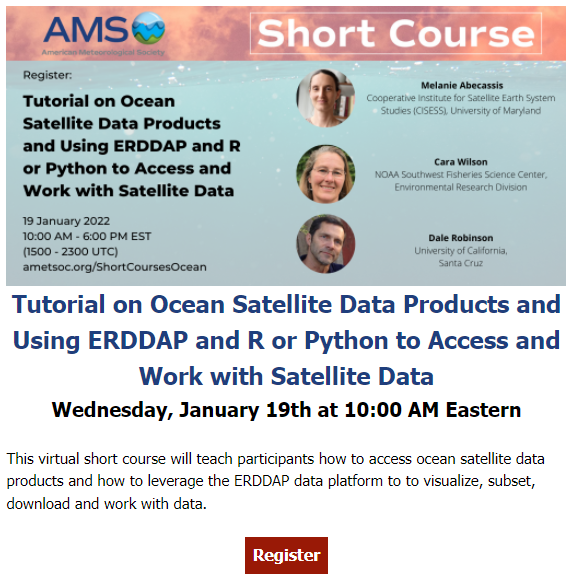
Scott Rudlosky and Joseph Patton led an AMS short course titled “Accessing and Applying Geostationary Lightning Mapper Observations” on January 5 and 6. This two-part course introduced the GLM observations and imagery using GLM flash skeletons and gridded products used by the National Weather Service. Participants were shown how to access archived and real-time imagery before conducting a hands-on exercise illustrating their new-found skills. Additional information can be found at this link: Accessing and Applying Geostationary Lightning Mapper Observations.
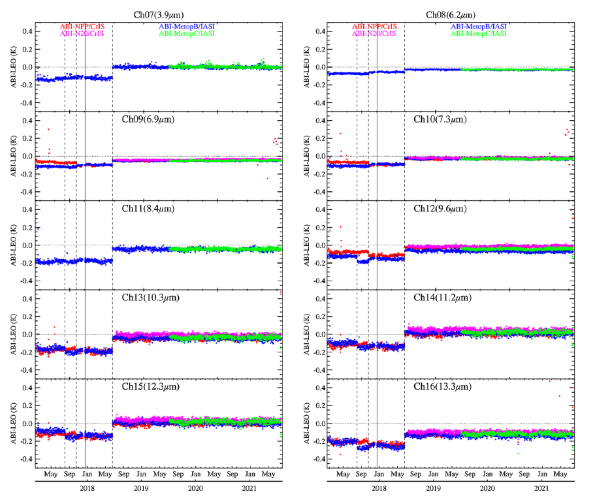
ESSIC/CISESS Scientist Fangfang Yu (STAR/SMCD/SCDAB) has a new article in the Journal of Applied Remote Sensing, co-written with Hyelim Yoo, Haifeng Qian, and Xi Shao. The paper describes the radiometric calibration of the Advanced Baseline Imager (ABI) Infrared (IR) channels on GOES-16.

ESSIC/CISESS scientists Soni Yatheendradas and Sujay Kumar are co-authors on a paper in Journal of Hydrometeorology titled, “A novel Machine Learning-based gap-filling of fine-resolution remotely sensed snow cover fraction data by combining downscaling and regression”.

The first nor’easter of 2022 swept through the Mid-Atlantic and the Northeast on January 2-4, 2022, resulting in a heavy snow accumulation of up to 14 inches in Virginia and southern Maryland and stranding hundreds of drivers on Interstate 95 in Virginia. The NOAA NESDIS Snowfall Rate (SFR) product captured the evolution of the snowstorm with retrievals from the Advanced Technology Microwave Sounder (ATMS) sensor aboard the S-NPP and NOAA-20 satellite missions, and the AMSU-A/MHS sensors aboard NOAA-19, Metop-B, and Metop-C.